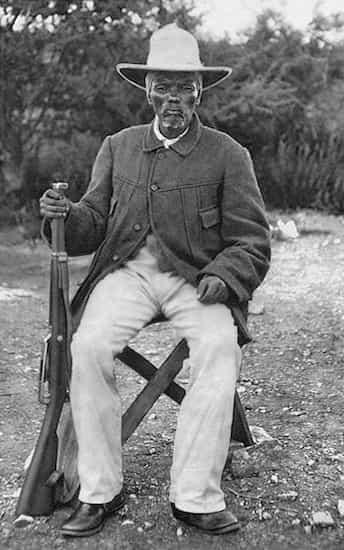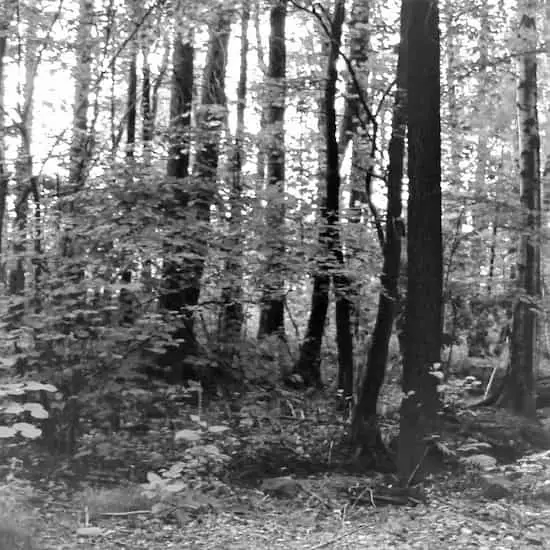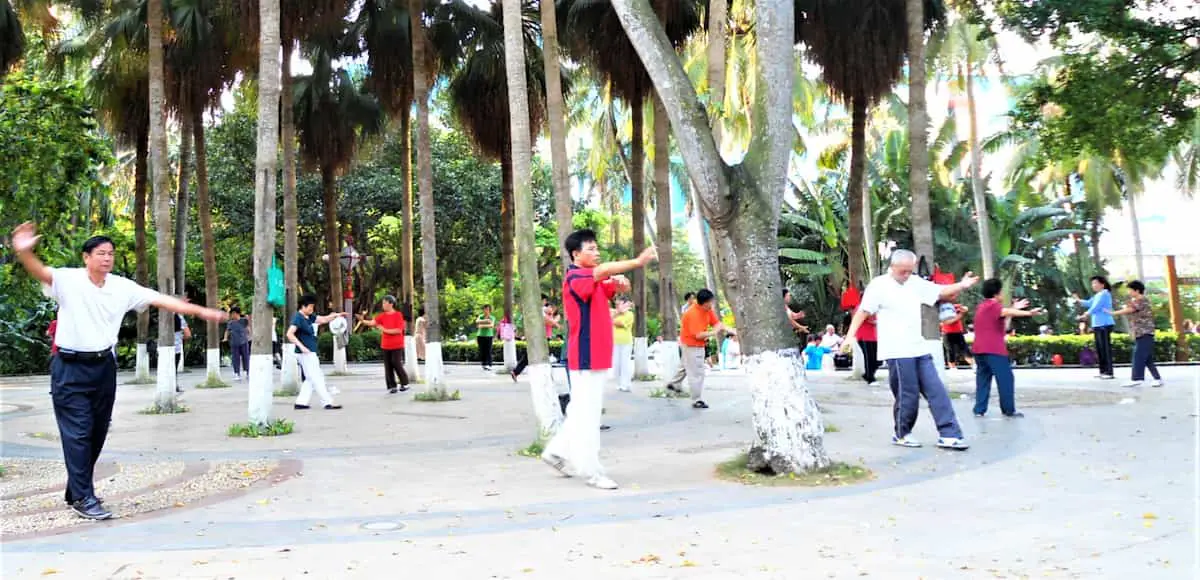The horrific truth about the Namibia genocide 1904 – 1908.
Not many people know about this dark corner of human history. But the horrendous crimes against humanity by the Nazis before, and during WW2 weren’t the first example of German ethnic cleansing. Namibia became a German colony in 1884. Before that, The coastal territory and the southwest, where the diamond mines are situated today, were mostly inhabited by Nama and Herero divided into more groups.
Africa’s history is a long line of white supremacy, tyranny, oppression, and abuse by European imperialistic countries. But the Namibia genocide pushed the extent of the horrors to new limits.
In 1904, an uprising among the Herero in Okahandja, led to the German Reichstag sending 7000 men under the command of lieutenant general Lothar von Trotha to Namibia. These men were equipped with the best and most modern weapons of the German armed force. After thoroughly preparing, Trotha attacked the Herero army at Ohamakari, the Waterberg.
Trotha completely overwhelmed the Herero army, but he left an opening for them to flee out into the Kalahari desert. Most of the Herero fighting soldiers died in the battle, but many of the women and children fled into the east. There they were chased by the German soldiers further into the desert. Trotha’s soldiers shot or stabbed to death any Herero still within the German territory, and it was officially declared that the aim was to liberate all of the lands of any Herero.
The Nama uprising.
The other ethnic group in the area, the Namas took up arms against the German troops. Under commander Hendrik Witbooi they effectively raided and attacked German forces between 1904 and 1905. Unfortunately, their rebellion was too small and too late. After many years of internal conflicts with the Hereros, Witbooi didn’t enter the war until well after the battle of Waterberg. And so Trotha’s army had already defeated the Hereros. As often the case in war, there was a lack of coordination.
Still, Witbooi was more successful than his Herero counterpart Chief Samuel Maharero. Instead of facing the Germans head-on, he led the Nama in a reasonably successful guerrilla war. Being much better equipped with knowledge about local geography and nature, and having better stamina, he effectively slowed down the German advances. When he was killed in battle on November 29, 1905, the Namas surrendered.
The butchering stopped.
But let’s get back to the Herero-German war. Finally, the counter-order came from Berlin, and after months of hunting the Hereros, Trotha had to stop the slaughter. Chief Witbooi had fled to Botswana together with a handful of men. The remaining Hereros, mostly women, elderly, and children were half dead from starvation and dehydration after months in the Kalahari desert. The war was finished but the Namibia genocide had just started.
Because the German authorities in Namibia realized they needed manpower. And the indigenous groups other than Herero which they once could have depended on were now mostly avoiding them. And the Hereros themselves were obviously hiding. Still, it was deemed that it would be easier to lure out the shattered Hereros from the bush than try to battle other groups into submission or convince them to work for payment. Remember that by now, none of the Namibian peoples had any confidence left for the Europeans.
So, they sent forth the only ones the Hereros still thought they could trust… The missionaries. With promises of sanctuary in ” rescue”-camps they were persuaded to come out from their hiding. They thought they would be given food, clothing, and medical care. The truth was that very little of that was offered. Instead, they would have to work harder and for a longer time than any human being should ever be forced to do.
The concentration camps.
The term concentration camp was first used by the Spanish in Cuba, and later by the US and the English. The intention was to keep freedom fighters away from the civilians that supported them. It was a military strategy. In Namibia, the Germans took the whole idea one step further. In Namibia, there were no freedom fighters left for the civilians to support.
The camps were mainly of two types: Labour camps, and death camps. The labor camps were many and in different parts of the country. The camp intern got a number stamped on a metal tag, which he or she was ordered to wear at all times. The goal was to offer cheap labor to the German authorities, labor for which the army was paid. But the business was so profitable that even private enterprises entered the market.
The shipping company Woermann-Line had its own concentration camp in Swakopmund. It provided free slave labor for mainly loading and unloading their ships.
The Namibian railroads
Many of the buildings in Namibia from the period between 1904 and 1909 are built by slave labor. Even the parliament was built by slaves. But the biggest project of them all, the railway was almost exclusively built by Hereros in the years from 1904 until 1908.
In the south, the railway connecting the port of Lüderitz to Keetmanshoop was constructed by Lenz & Co, a German railway construction and operating company. They too used slave labor from the concentration camps. In 1906 they were issued with prisoners to work at the railroad. The year after two-thirds of them were dead. Of 2014 prisoners in 1906, only 655 survived until 1907.
Shark Island.
But the worst of the concentration camps was shark island. Today it is a peninsula connected to the mainland, but at the beginning of 1900 it was still an island, and it was a forbidden territory. The prisoners who came to shark island weren’t supposed to work or do anything… They were supposed to die. It was an extermination camp of a model we have come to know too well.
Shark island was off the grid, away from curious testimonies. The prisoners were apart from Hereros also Nama. The latter were according to the German authorities “of no use to the world anymore”. They were given very little food and water. And since there were almost no cooking possibilities, the prisoners had to eat the little rice or flower they had raw. The climate on the coast is cold and the prisoners had no clothing or enough blankets to protect themselves. Furthermore, they were inland people and not used to the strong and humid Atlantic winds.
Just as with the extermination of mostly Jews during the Nazi reign from 1933 to 1945 in Germany, the transports of prisoners to the island were done in boxcars. The prisoners were also not told where they were going, so as to not cause alarm among them. The rumors about shark island were such that the Germans feared rebellion or simply that the inmates could prefer suicide to go to the death camp.


Eugen Fischer, one of the architects of racial hygiene during the Nazi’s Third Reich.
Other connections to the war crimes by the Nazis later are illustrated by the German anthropologist Eugene Fischer. He came to Namibia in 1906, where he found a population of native African prisoners ready to be used in his horrendous studies. He and his colleagues did experiments on the prisoners. And the body parts of the dead were dissected and studied.
Eugene Fischer investigated and later shipped 778 conserved heads of concentration camp prisoners to Germany. These relics were stacked away in basements of universities and high schools until 2011 when efforts were initiated to return them to Namibia for burial. This was completed in 2014.
Eugene Fischer’s ideas about race biology would later be influential in laws against mixed marriages. But further on they would be of much more importance than so. His work would become the backbone for racial hygiene efforts not only in Nazi Germany, but also in all of Europe, and other “western” countries until long after the war. Because we should never try to blame all of the race-thinking on the Nazis. These ideas flourished throughout the world, and maybe we still haven’t gotten rid of them completely even today.
Eugene Fischer’s work.
He co-wrote the book Principles of Human Heredity and Race Hygiene together with Erwin Baur and Fritz Lenz, published in 1921. That very book was thoroughly read by Adolf Hitler during his imprisonment in München in 1923, and it became the “scientific” basis for eugenic sterilization programs.

So, what was it with his fixation with skulls?
He published several books.
- In 1913 he published The Rehobother Bastards and the bastardization problem in humans. This work was described as combining the earlier Mendelism theories with anthropology. It would become something of a ground plate for the racial biology that swept over Europe in the early 1900s.
- In 1927 he co-wrote German heads of Nordic race, another book about heads. The theory was that one could determine characteristics by measuring the head of a person. Firstly, it was about “race”. But these theories were later used to identify all kinds of personalities… Criminal behavior, promiscuity, low intelligence, etc. And in countries surrounding Germany, these theories were used to maintain the possibility of forced sterilization all the way until the 1970s.
- In 1943 he co-wrote Das antike Weltjudentum (The ancient world Judaism).
In 1942 he retired from his position as rector for the Humboldt University of Berlin. He was never prosecuted in the Nurnberg trials and he never answered for his crimes. He died in 1967 after having published two more books in the 1950s.
What happened with the concentration camps after 1908?
The shark island camp was closed in 1907. The remaining prisoners were transferred to another concentration camp near Radford Bay, where they initially continued dying. They were in such a weakened state. Even so, the conditions in the new camp made the survival prospects a little better.
On April 1, 1908, the prisoner-of-war status for the camp interns was abolished. This meant that all of the concentration camps had to close. The surviving Hereros and Namas were distributed among German landowners and companies. The freed prisoners were also forbidden to own land and therefore they couldn’t go back to the pastoral activity they were used to. The situation didn’t improve in any radical way.
1918…

After the first world war, Germany lost all its colonies. But instead of a free state, German West Africa, as Namibia was called, became a part of the new Union of South Africa, and as such under South African (at that time under British dominion) rule. South Africa became an independent state in 1961. But already in 1948 the National Party introduced Apartheid laws and the people of Namibia found themselves back in a white European racial domination once more.
In 1966 the UN general assembly passed resolution 2145 that should bring the South African sovereignty to an end. But South Africa rejected it and kept its firm grip on Namibia. It would take 26 years to convince the southern African country to set its neighboring country free. On March 21, 1990, the Republic of Namibia was established. 86 years after the battle of Waterberg the Namibian people were finally masters of their own land.
The free republic of Namibia.
But the economy was still mostly in the hands of American, South African, and European companies… And is so til this day. And the land is continuously owned on a large scale by white descendants of German and South African landowners. Today, much effort is made to somehow equalize the economic situation even though many claim it’s not done enough.
In 2021 Germany officially asked the Namibian people for forgiveness for the atrocities committed during German rule. The word “genocide” was used for the first time. Namibia was also granted €1,1 billion in aid by the German government. It is given in 30 years and that makes it less than €40 million a year. That makes it in line with the yearly German DAC mandate aid to Namibia for the years 1990 – 2021.
But what happened to the memories of the cruelties?
- Shark island is now a camping site.
- On top of what once was another camp in Windhoek today stands a German memorial statue, the Reiterdenkmal.

- A vast burial ground with unmarked graves of anonymous slave workers outside Lüderitz is now a popular motorcycle and quad track.
- At the foot of Ohamakari where the battle of Waterberg was fought, there lies a cemetery for fallen German soldiers.
In later years memorial monuments are being built in many locations all over Namibia. The complete lack of remembrance of the cruelties committed in the first years of the 20th century was brought to attention. So, for many years there was nothing on Shark Island that recorded all those who suffered and died there. But now there is a striking white headstone reading
We commemorate our Heroes. Captain Cornelius Fredericks. 1864-1907. With 167 men, 97 women, 66 children, the sons, daughters, and children of !Ama Community Bethanie Namibia.
Final thoughts.
I have no answers on how to compensate, how to restore, how to remember, or how to forgive. But I don’t think it is for the better to forget, to pretend that it didn’t happen.
There is a very long row of examples of how the African continent was abused, raped, and shackled for hundreds of years by European colonial initiatives. The case of Namibia is a shameful chapter of human history. And it shows us what stupidity, ignorance, and ambition can do to men.
But most of all is it a brutal vision of where illusions about supremacy and superiority can conduct us if we follow along in that direction. And as soon as we start thinking in terms of we, us, and those, the others, we have already taken the first step on that path.

























 The environment is perfect as a background for ghost stories. It’s vast, 200 acres with 60 different buildings to explore.
The environment is perfect as a background for ghost stories. It’s vast, 200 acres with 60 different buildings to explore.


 In the same way, the
In the same way, the 


 So, all carbohydrates work in the same way, then?
So, all carbohydrates work in the same way, then?








 The reason why you should at least try out a real, certificated teacher.
The reason why you should at least try out a real, certificated teacher.




 The political context.
The political context.



 Is it more natural to feel like a man/woman when you, in fact, are a man/woman?
Is it more natural to feel like a man/woman when you, in fact, are a man/woman?










